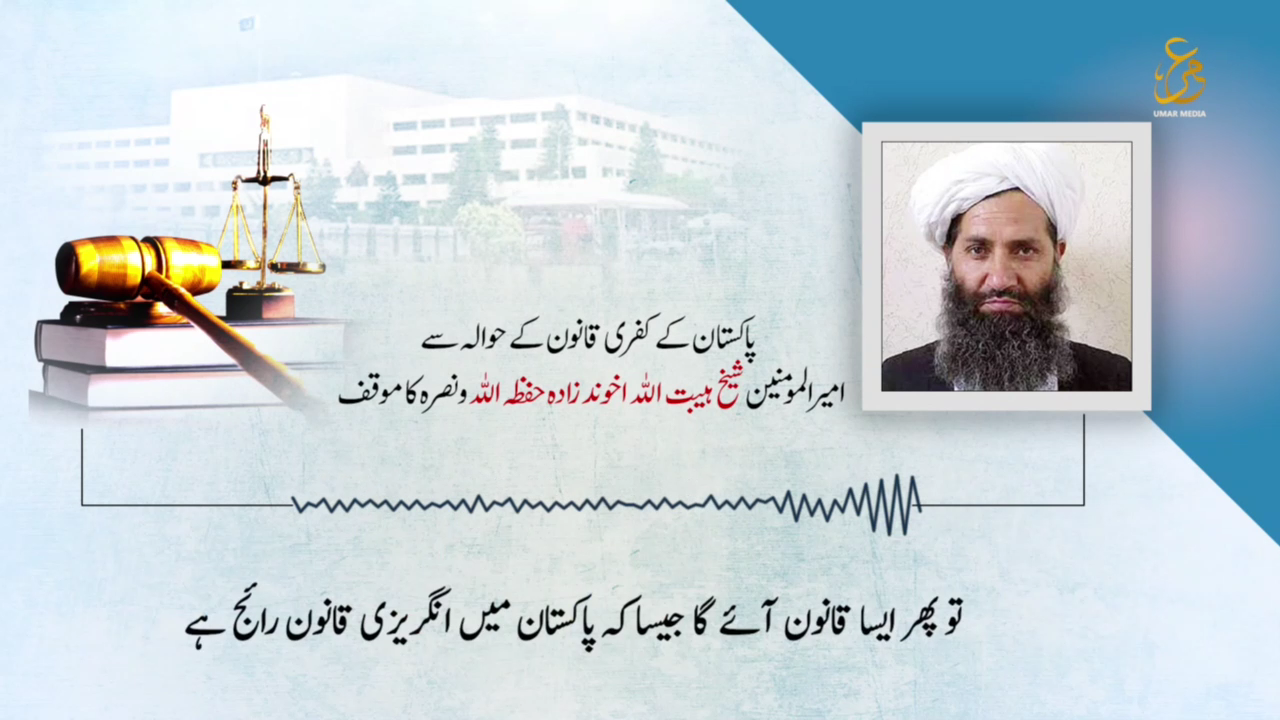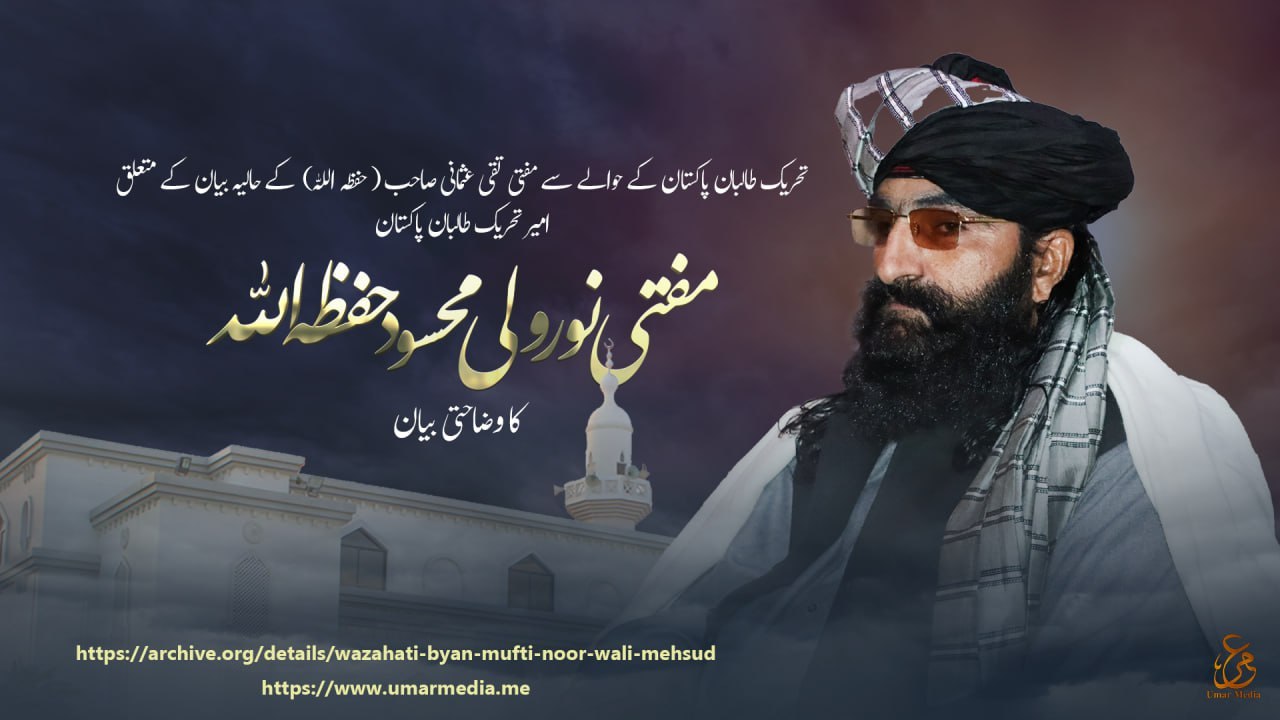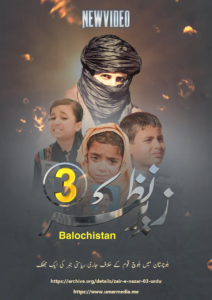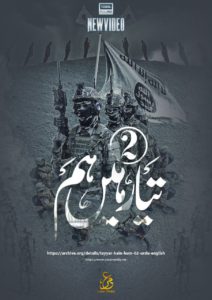
Click the following link for a safe PDF copy: Teḥrīk-ī-Ṭālibān Pākistān — Explanation Regarding the Attack In the Mosque of the Peshawar Police
________________
To inquire about a translation for this statement for a fee email: [email protected]





